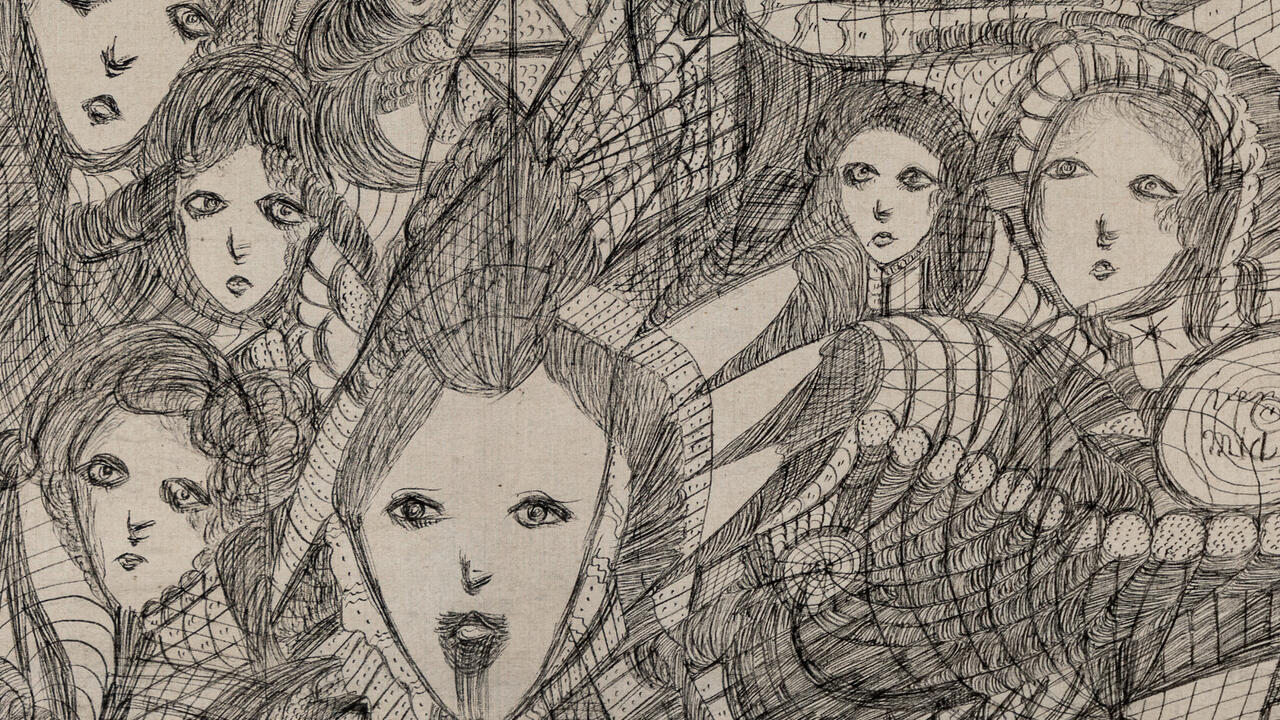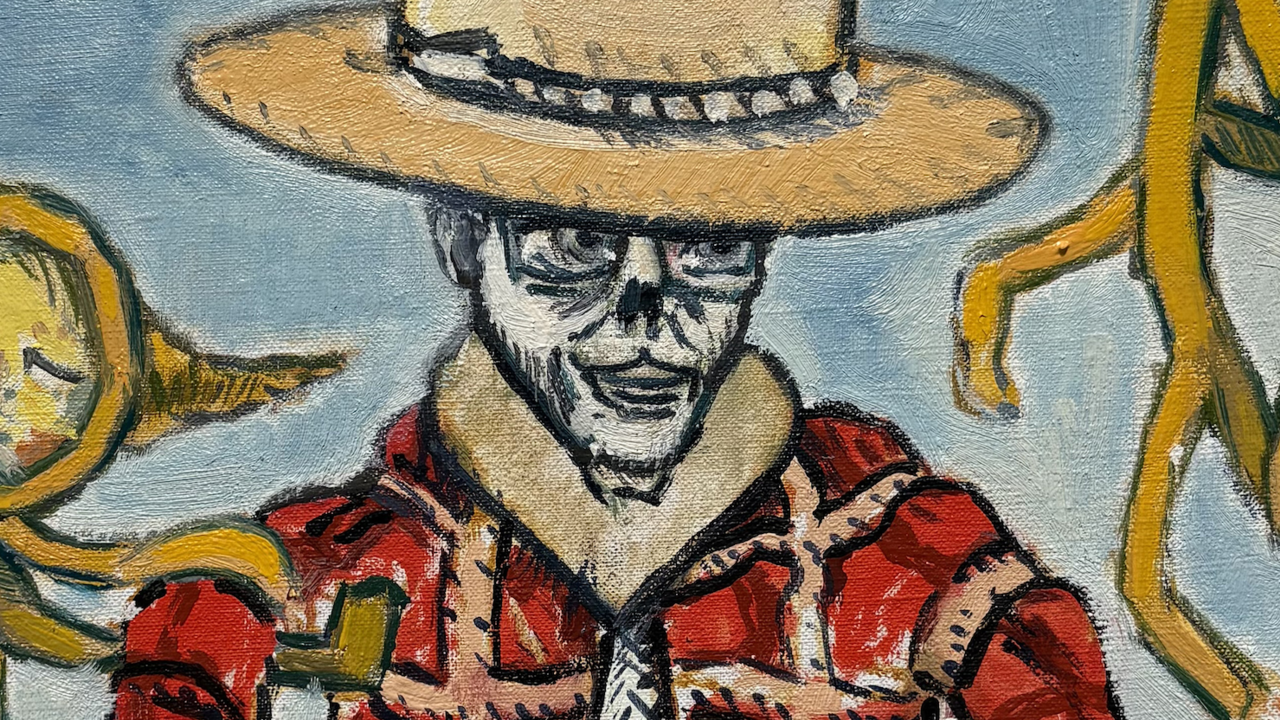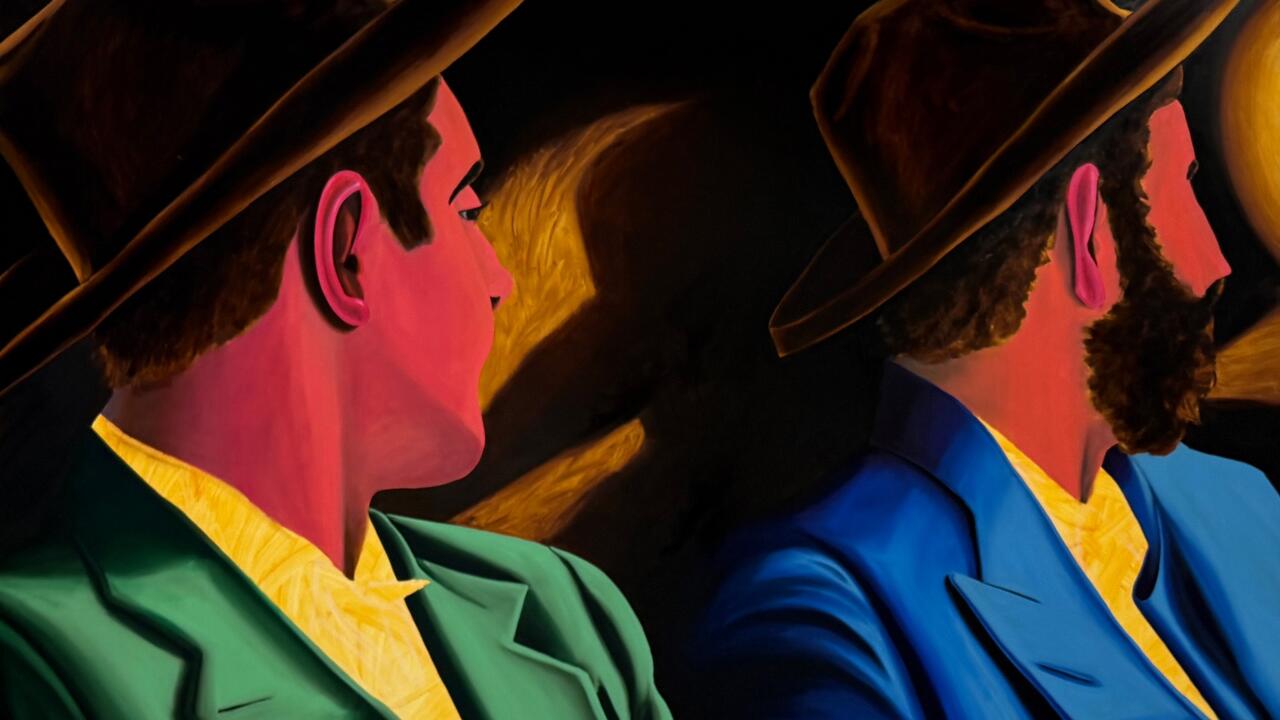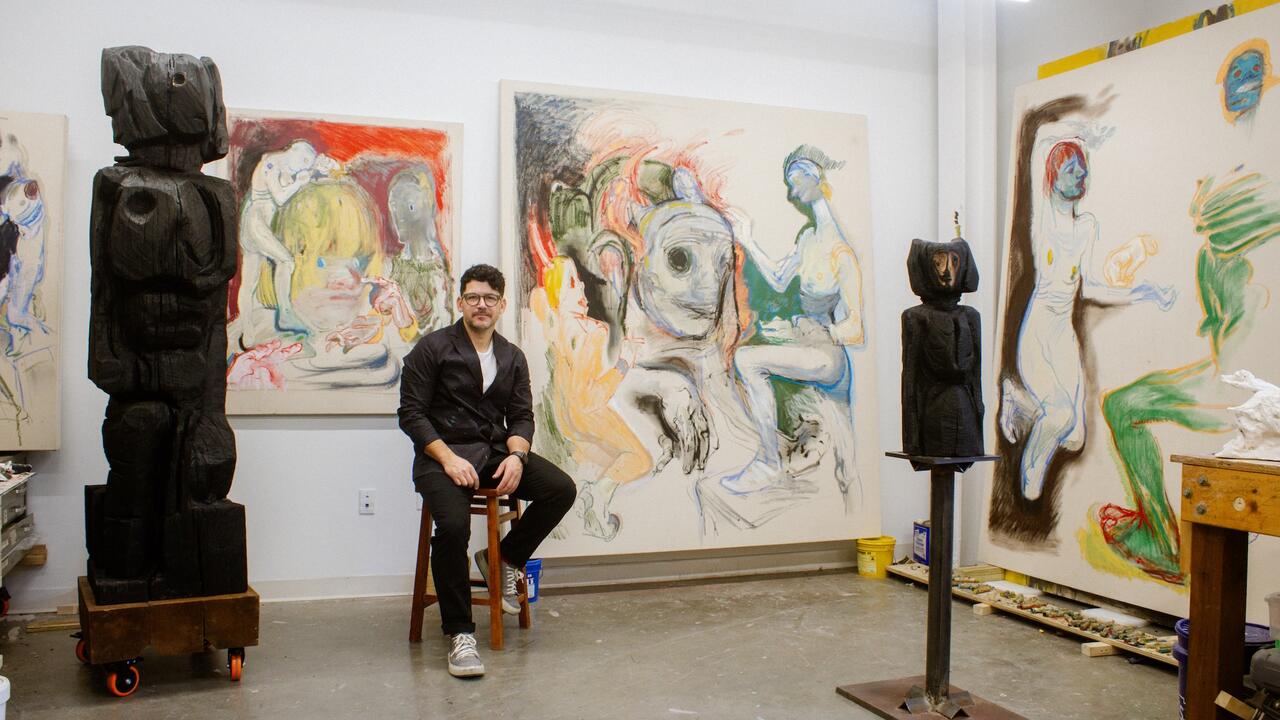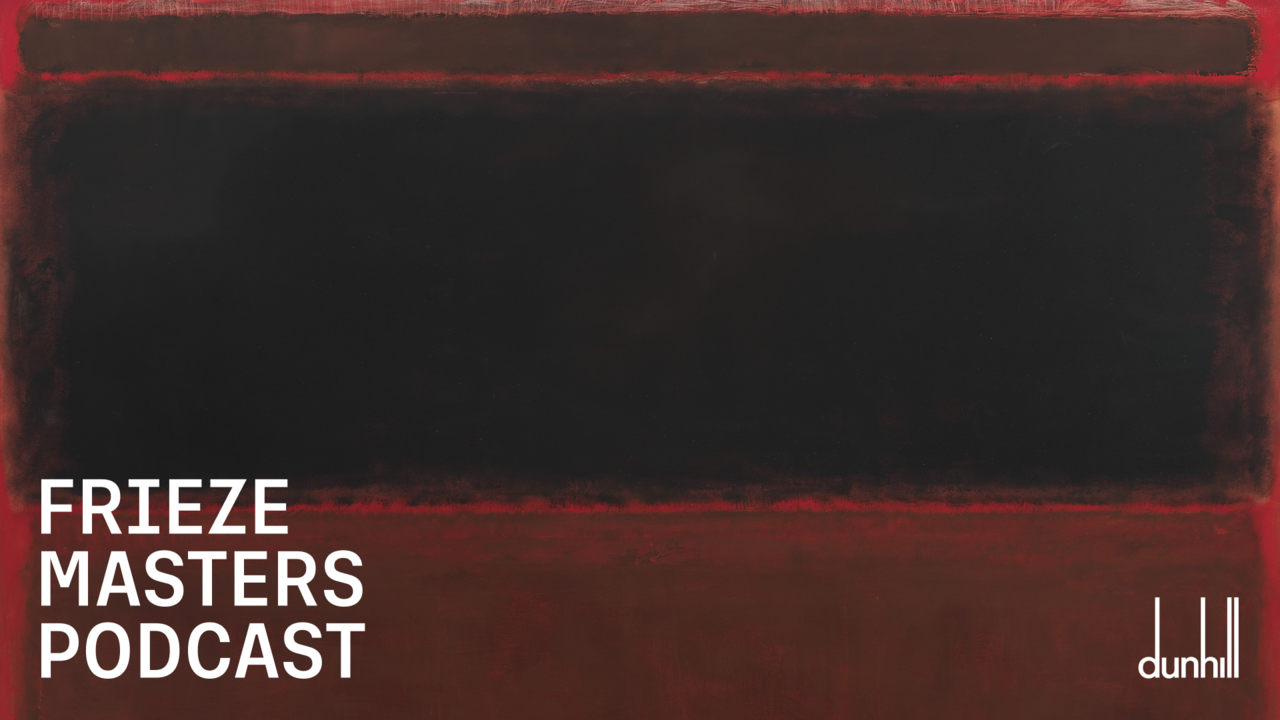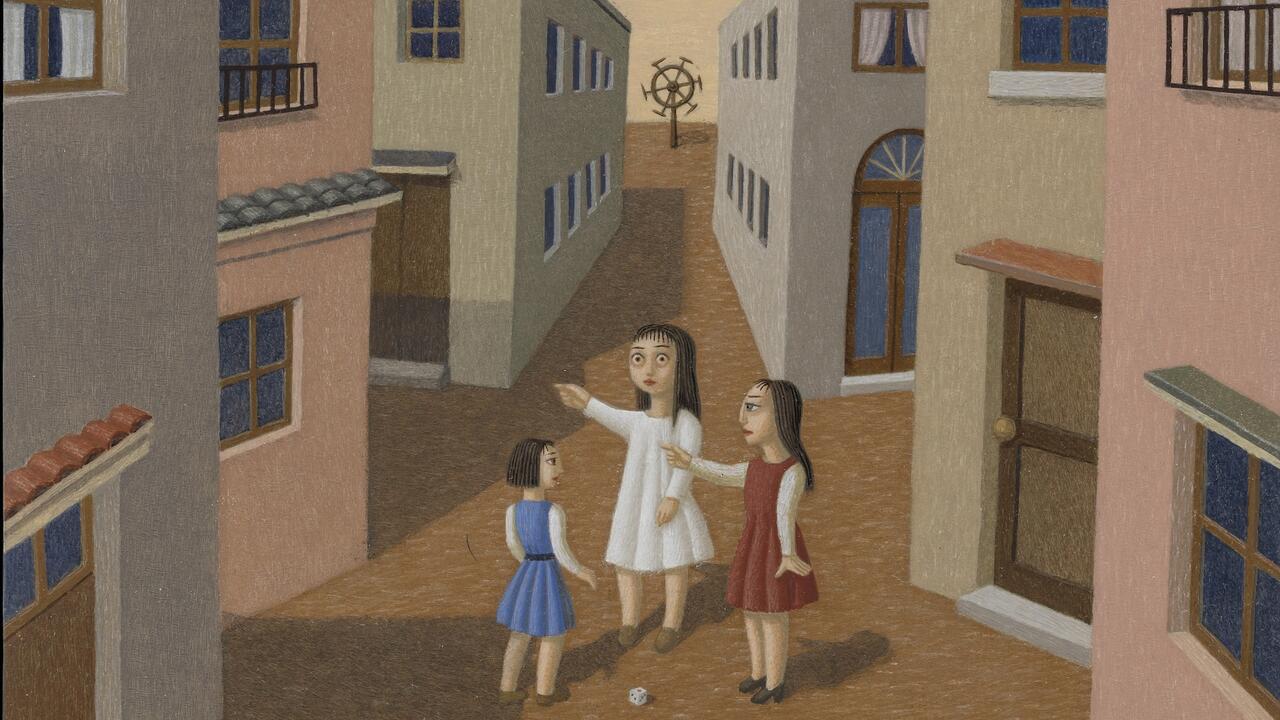Briefing
Cryptocurrencies enter the British art market; Chris Ofili's Union Black flies again; 2017 Henri Cartier-Bresson Award announced
Cryptocurrencies enter the British art market; Chris Ofili's Union Black flies again; 2017 Henri Cartier-Bresson Award announced
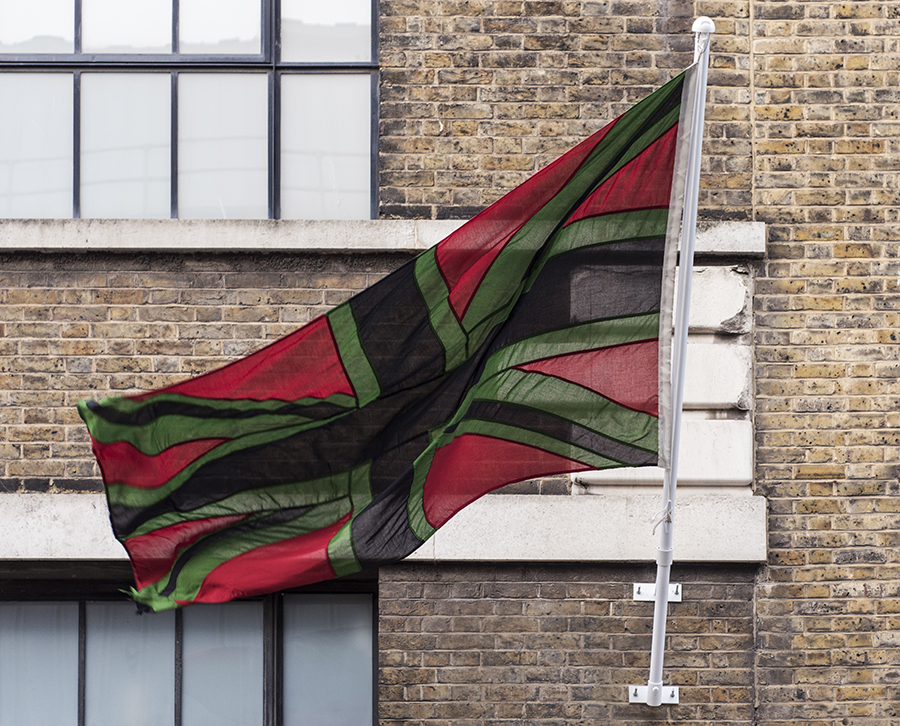
Chris Ofili's Union Black, gifted to Tate Britain, will be flown from the museum's roof this autumn. Union Black reworks the Union Jack in black, green and red as a reference to Marcus Garvey's pan-African flag, which represents African blood, Black skin and the continent's resources. It was first shown at the 2003 Venice Biennale's British pavilion, and was last flown over Tate Britain in 2010. 'Ofili’s Union Black asks questions about British identity, the colonial legacy and the meaning of national allegiance which remain as relevant today as they were when the work was created 14 years ago,' said Tate Britain director Alex Farquharson, in a press statement.
The recipient of this year’s Henri Cartier-Bresson award has been announced as South African photographer Guy Tillim. The biennial award, presented by the Henri Cartier-Bresson Foundation in Paris, is given to established photographers working from a documentary perspective. Tillim’s ‘Museum of the Revolution’ project traces the contours and residue of colonialism and political upheaval through African cities, and he will receive USD$40,000 to go towards photographing the streets of Dakar, Accra, Kampala and Lagos. Tillim, who learnt his craft as a photojournalist for Reuters and Agence France-Presse, finds 'intimate spaces where people work and live and these flourishes of daily human life – a book left behind, a drying pillowcase – set these photographs apart from the increasingly popular abandoned-building genre’, writes Douglas Heingartner in a frieze review of a 2009 Foam Fotografiemuseum, Amsterdam, exhibition.
In a first for the British art market, London's Dadiani Fine Art in Mayfair will accept cryptocurrencies. The gallery on Cork Street will allow customers to pay with bitcoin and other major cryptocurrencies, including ethereum and litecoin. Cryptocurrency is digital currency running on Blockchain technology, operating as an open source, decentralized technology independent of a central bank. The gallery also plans to develop its own cryptocurrency, Dadicoin. 'Cryptocurrencies will provide a bridge from the elitist, centralist fine art market to a decentralized open source world where many more will be able to become a part of this exhilarating market,’ said gallery owner Eleesa Dadiani.
Berlin's Brücke Museum has a new director: Lisa Marie Schmidt. She will begin on 1 October, replacing Magdalena Moeller who has been with the museum – which is devoted to works by the artist group Die Brücke – for nearly three decades. Schmidt was most recently a curator at the Hamburger Bahnhof.
The Terra Foundation for American Art has announced grants totalling USD$2.5 million for 31 cultural organizations in advance of the 2018 Art Design Chicago, a year-long city-wide project examining the area's cultural legacy and contribution to art and design. The grants have expanded from fine and decorative arts to encompass film, commercial and product design. Grantees include the Chicago Design Museum, Museum of Contemporary Art Chicago and Chicago Parks Foundation. You can see the full list of grantees here.
Swiss photographer Matthias Bruggmann has been announced as the recipient of the second edition of the Prix Elysée at Nuit des Images 2017, Lausanne. Bruggmann’s proposal, which receives CHF 80,000, expands on a long-term photographic project he launched in 2012 which surveys the Syrian Civil War. A book is also expected in June 2018. 'Matthias Bruggmann’s project presented us with insights into the complexities and the lives on the line in the Syrian crisis,' said jury member Andrew Sanigar. ‘His work is brave, startling, compelling, raw and sometimes bizarre.'








